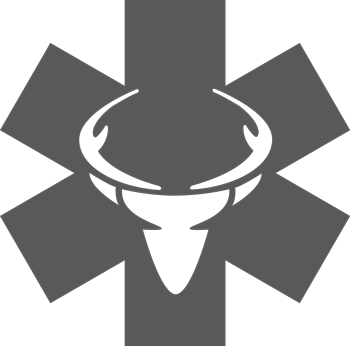Recently at Tundra Rescue we have been conducting a review of our own respiratory protection policies and procedures, and because this is something we are sometimes asked about by our customers too, we thought it might be useful to share some more information about this topic here as well.
Regulation 833, Respiratory Protection and the Hierarchy of Control
In short, any employer in Ontario who oversees a workplace where chemical or biological hazards are or reasonably could be present needs to be familiar with Regulation 833.
Reg 833 lays out requirements for the protection of workers involved in the storage, handling, processing or use of chemical or biological agents, including the selection and use of respiratory protection equipment.
There are some elements however that employers may continue to overlook including the requirement to adopt written measures, procedures and records; the use of protective eequipment as a last resort; and exposure limits.
Respiratory Protection Program
One recent development is that as of 1st January 2022, if workers are using respiratory personal protective equipment (PPE) then their employer must have written measures and procedures in place regarding the selection, care and use of that PPE (O.Reg 833 S. 9.) This new administrative requirement is in contrast to it previously being a good general practice rather than obligatory requirement.
Further, if tight-fitting respirators are needed for safe work [such as a 3M or North respirators with cartridge filters] then fit testing must be carried out in line with the CSA Standard CAN/CSA-Z94.4-18. (O. Reg 833 S. 1.) A fit test is conducted to ensure that the mask sits properly on the wearer’s face, and provides adequate protection.
In other words what this means in practice is that if a worker is donning tight-fitting respiratory PPE, then they should also have a current and valid fit test for that specific make, model and size of PPE.
PPE as a Last Resort
The regulation also directly requires application of the hierarchy of controls when making a determination on the use of respiratory PPE. A respiratory protection program should therefore only require employees to wear and use respirators when:
Substitution of the chemical or biological hazard (with a less hazardous agent) is not practical or reasonable; and engineering controls are:
- not in existence or are not obtainable,
- are not reasonable or not practical to adopt, install or provide because of the duration or frequency of the exposures or because of the nature of the process, operation or work,
- are rendered ineffective because of a temporary breakdown of the controls, or
- are ineffective to prevent, control or limit exposure because of an emergency.
(O. Reg 883 S. 7.2)
What this means in practice is that an organization should consider substitution or engineering controls prior to the use of PPE.
Table of Exposure Limits
Employers that are looking for the exposure limits of a chemical or biological agent can reference Table 1. They may discover that a specific agent does not seem to appear on that table. At first glance this might suggest that an agent is not covered by the regulation, however, this is not necessarily true.
Caution should be applied to ensure that the full, combined O. Reg 833 and ACGIH table is referenced, which is addressed by the regulation, but might be easy to miss.
Contact Us
If you have doubts as to whether Regulation 833 applies to your business, or aren’t sure how to apply it within your workplace and projects, please do not hesitate to contact us for further information about how we can potentially assist you implement and maintain your respiratory protection policies, procedures and programs.
Similar Posts:
Ontario Regulation 632/05 and What it Means for Your Business

